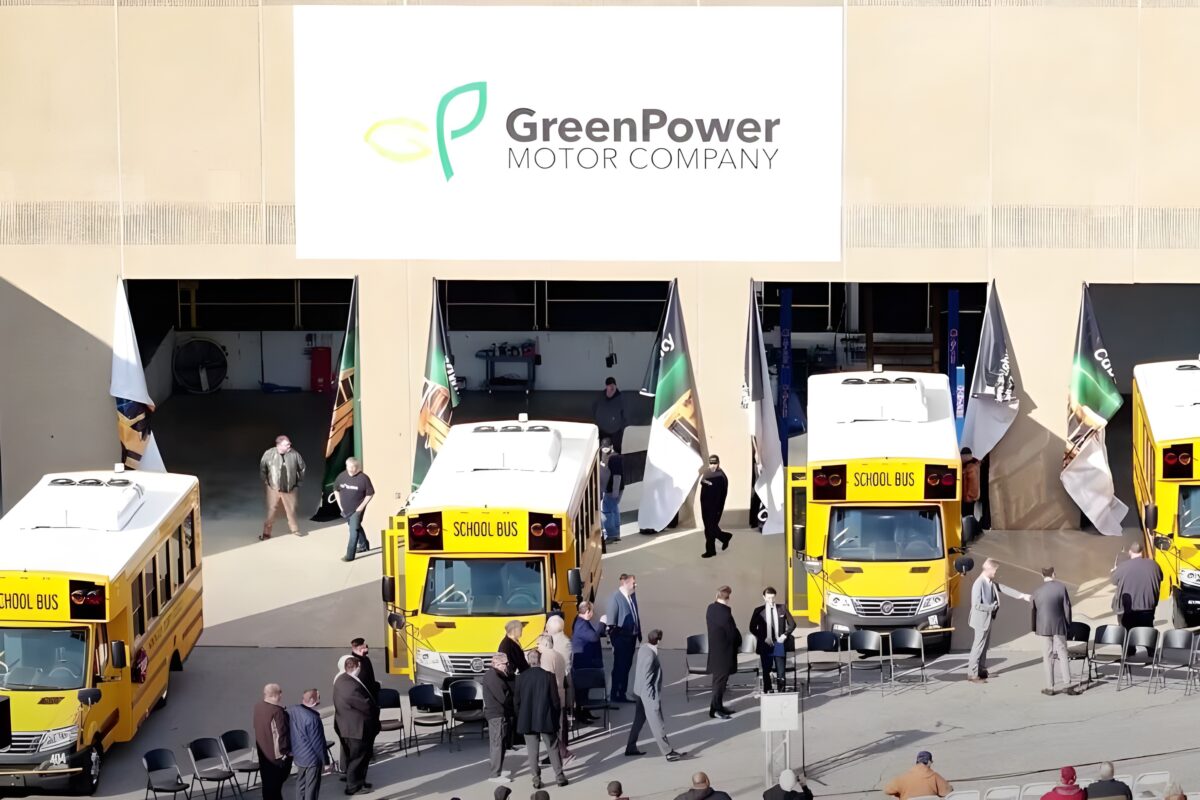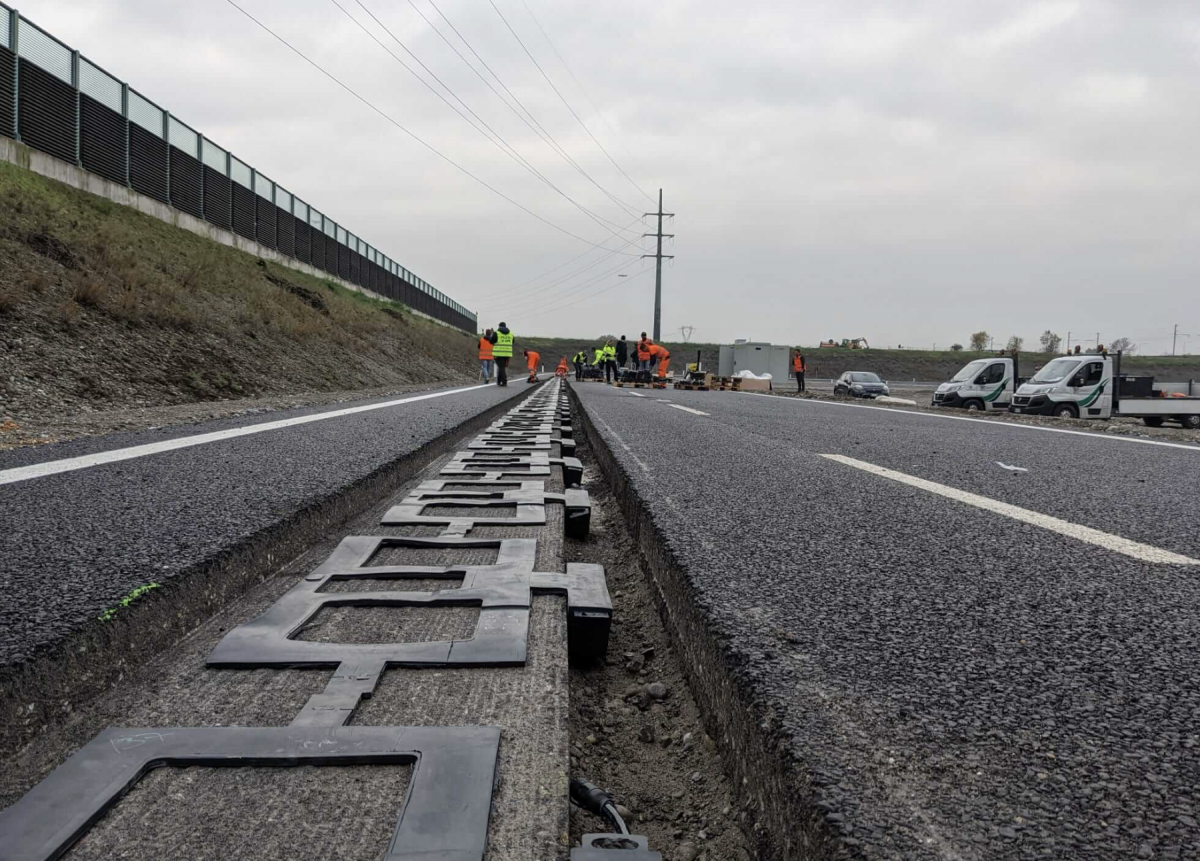Years of economic reform, industrial growth and improvement in road infrastructure have provided significant opportunity in India’s commercial vehicle (CV) market. The adoption of the Goods and Services Tax bill (GST), which is expected to take place in 2017, could also provide further growth for the market, as it aims to tie the country’s various tax jurisdictions together and make it easier for businesses to claim tax deductions.
India’s freight market is booming. According to a report by market research company Novonous, there are currently around 2.2 million heavy-duty trucks and 600,000 light duty-trucks in operation across the country, covering over 1.8 million kilometres and carrying 3,000 million metric tons of load each year. Road freight movement therefore accounts for around 63% of total freight movement in the country, and is expected to increase at a CAGR of 15% between 2016 and 2020.
Another report suggests that India’s bus market will grow at a CAGR of 9.36% between 2016 and 2020, reaching a value of US$10.34bn. Most of this growth is expected to come from the hybrid bus segment, which will rise at a CAGR of 25% for the forecast period.
While the future looks bright, CV manufacturers and component suppliers are faced with a variety of challenges when selling products to India. Therefore, to be a top contender in the market, localisation and a deep understanding of customer needs is absolutely critical. That’s the view of J V Narasimha Rao, Senior General Management, Business Development, Tata AutoComp Hendrickson Suspensions.
Live longer and introduce earlier
Tata AutoComp Hendrickson started as a joint venture between Tata Group subsidiary Tata AutoComp, and supplies products and services in the field of automotive components on a global scale, and Hendrickson International, a US-based developer of heavy-duty truck suspensions. The new company was formed in 2006, as Tata AutoComp sought to expand from its core passenger car business into the CV segment.
Speaking to Megatrends, Rao discussed the key factors that must be considered when developing new suspension products for India’s CV market: “The three main consumer demands are durability, reliability and lightweighting. The customer expects our products and everybody else’s products to live longer, and wants to know exactly when they will fail to perform correctly. They desire both this robustness and reliability, but they also want to save fuel, so lightweighting is very important.”
The customer expects our products and everybody else’s products to live longer, and wants to know exactly when they will fail to perform correctly. They desire both this robustness and reliability, but they also want to save fuel, so lightweighting is very important
While focusing on these three factors, the company of course needs to stay ahead of its competitors when it comes to designing and launching new products. Although this can provide benefits in terms of sales volume, Rao admitted that it might sometimes cause issues with acceptance and consumer understanding.
“If you look back at our product portfolio, each technology was brought to market in India ahead of its time,” he observed. “Take our lift axles, for example. Nobody expected them to come to market around six years ago. The challenge is to convince our OEM customers that there is market potential for the product while simultaneously convincing fleet operators of the benefits when using the product in the right way.”
Customer education in India’s CV market, he continued, is an area that suppliers like Tata AutoComp Hendrickson work on thoroughly and consistently. This is partly down to the reluctance of fleets to invest in costly new technologies, despite the fact that these technologies will last longer and provide benefits such as fuel economy.
“The entire burden of responsibility falls on us for taking our knowledge to the fleet operators and the mechanics, and showing them precisely how new technologies are more durable, reliable and fuel efficient,” he emphasised. “This can even include offering a maintenance service.”
Patience is a virtue
A successful supplier to the Indian CV industry is a patient supplier, notes Rao. Not only does a supplier need to spend time convincing OEMs and fleet operators that the introduction of their technology is necessary, but it must also wait for production to commence.
“It’s a very long process, and can take between 20 and 36 months,” he revealed. “This is due to the fact that the product life-cycle in CVs is much longer than it is in passenger cars. In addition, we must go beyond the request for quotation (RFQ) document to understand the usage patterns and road surfaces, because the document often doesn’t grasp the real situation.”
RFQs are used by OEMs to request quotes from suppliers regarding their technologies. They provide the suppliers with information detailing the product requirements, which then offer prices to the OEM if they believe their product is viable.
India is a big country, and people in the North use their vehicles in a very different way to those in the South, East or West. Furthermore, maintenance practices are very different across the country. As a result, it’s very difficult to make a vehicle or a product that fits each region
“India is a big country, and people in the North use their vehicles in a very different way to those in the South, East or West,” Rao continued. “Furthermore, maintenance practices are very different across the country. As a result, it’s very difficult to make a vehicle or a product that fits each region.”
Rapid road wear and tear
Looking ahead, Rao suggested that each of the three trends – durability, reliability and lightweighting – will continue to play major roles in India’s CV industry. Although he acknowledges that the challenges are difficult to overcome, he believes that there is some positive development across the country that is helping CV manufacturers and suppliers alike.
He flagged road infrastructure improvement as one of the key factors. “The government is doing its bit to improve road infrastructure,” Rao affirmed.
“Traditionally, hard shoulders and the edge of the roads have not been prepared properly. On a four-lane highway, drivers couldn’t see where the road ends. But things are improving, and the government is looking to change single lane roads into two or four lanes, and create express highways.”
However, he also believes that the government must work to ensure that these roads are not overused – a very challenging goal, he conceded, but one that is vital for the future of the CV industry. “Raising the infrastructure is one thing, but if you don’t control the road usage then it is bound to wear out much faster, especially when implementation quality in India is poor.”
The growing introduction of road tolls, he said, could ensure that roads are adequately maintained. In turn, this could save fleet operators money because maintenance work on their trucks and buses would be carried out less frequently, enabling them to invest instead in new durable, reliable and lightweight technologies.
This article appeared in the Q4 2016 issue of Automotive Megatrends Magazine. Follow this link to download the full issue.



